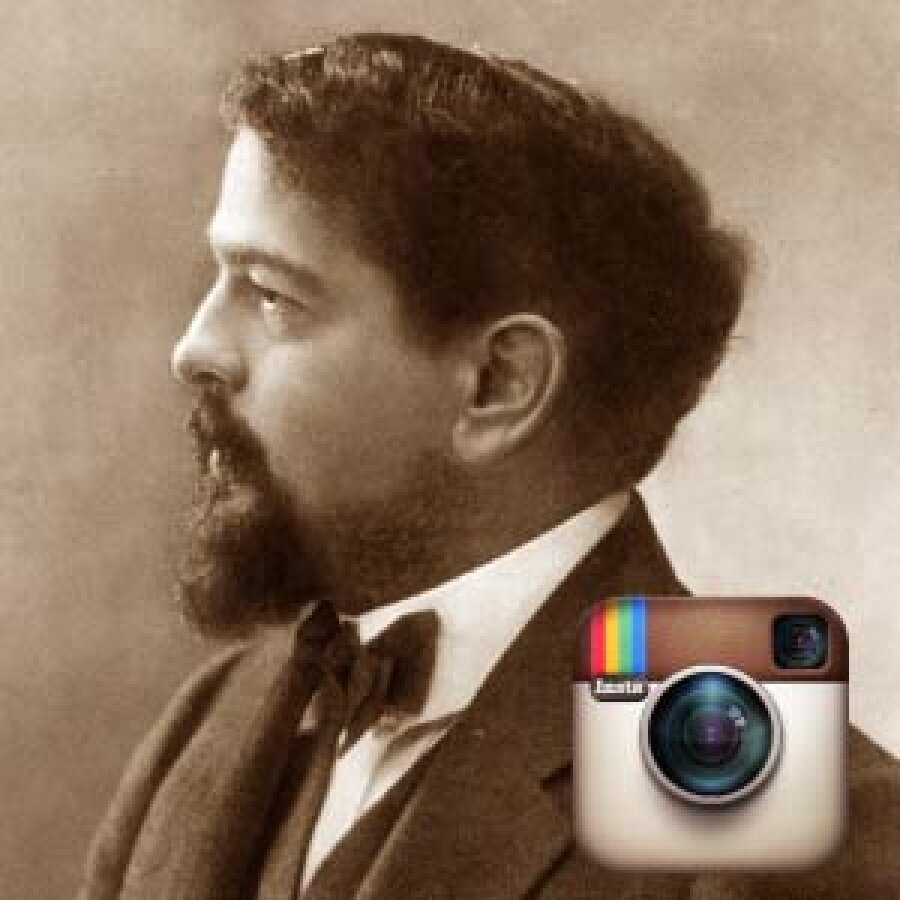Online Virtual Chorus and Orchestra Project
In the midst of this Covid-19 pandemic, we’re seeing an unprecedented closure of schools and arts institutions worldwide. I’ve been focusing on helping piano teachers transition to teaching one-on-one live lessons online through video conferencing platforms like Zoom. But the other night, a friend of mine messaged me on Facebook asking if there was any way I could help his sister-in-law, a choral teacher in Canada, continue to teach her choir of 50+ students online while everyone is quarantined. The problem with playing music together online is that there will always be a slight delay between the transmission signals, so that staying in sync is virtually impossible. So, what is an ensemble choral or orchestra/band teacher to do in these challenging times when everyone is required to maintain “social distancing”?
I was inspired by Eric Whitacre, a choral composer who pioneered the Virtual Choir, a purely online ensemble bringing together hundreds and thousands of singers from all over the world to perform his works on YouTube. I thought that this could be the perfect model for ensemble teachers to continue to work with students remotely.
I’m also drawing on my previous experience putting together students in a “virtual chamber music ensemble” using multi-video tracks, as you can see in this example:
To help this teacher (and everyone else), I thought the best way would be to launch an online ensemble project myself and document the entire process in a series of tutorials. Fortunately, many of our staff at Cunningham Piano are professional vocalists, so with their help, we decided to use Mozart’s Ave verum corpus, K. 618. This is a choral work originally scored for violins, viola, bass continuo and organ. Even more fortunate, I was able to locate a full orchestra arrangement of this piece, so this will give us an opportunity to include even more participants!
If you’d like to participate, here are the instructions below. We will be using YouTube to record all the individual tracks - each performer will be coordinated by following conductor videos customized for their particular parts.
For performers, please use the following links:
Vocal score: https://imslp.org/wiki/Special:ImagefromIndex/604522/hfcn
Orchestra parts (arranged by Jean-Yves Malmasson): https://imslp.org/wiki/Special:ImagefromIndex/249061/hfcn
Flutes 1-2
Oboes 1-2
Clarinets 1-2
Basson 1-2
F Trumpet 1-2
Bb Trumpet 1-2
Tenor Trombone 1-2
Bass Trombone (ad lib.)
Timbales (ad lib.)
Violin 1
Violin 2
Viola
Cello
Contrabass
Conductor videos:
Sopranos – https://youtu.be/rcqK7K0YyPg
Altos – https://youtu.be/DL3cPlT1UJI
Tenors – https://youtu.be/3Zqk6MC64A0
Bass – https://youtu.be/l5GBGRRNxMc
Orchestra – https://youtu.be/rQN4Adr56vM
Please watch this tutorial on using YouTube to record your part:
*NOTE: It may take up to 24 hours to activate YouTube Live if it’s your first time using that feature.
YouTube Live Not Working/Delayed?
*UPDATE: Just found out that some folks are having problems with YouTube live - if you're one of them, skip to https://youtu.be/VxJUX_efSjM?t=376 and you can use your webcam to upload video files manually. Of course, you can also use your smartphone/tablet, etc - just be sure to be watching the conductor video appropriate to your part while you record!
For Windows users, see this webcam recording tutorial: https://www.digitalcitizen.life/how-use-camera-app-windows-10-your-webcam
Be sure to use headphones (or earbuds) with your computer to isolate the computer audio from your own when recording. Also, remember to clap or play a note on the beginning of the 2nd count-in measure. This will help us synchronize all the tracks in the end.
If you have a USB/external microphone, feel free to use it, but don’t feel obliged!
In the YouTube video title, be sure to add “Cunningham Piano Online Ensemble Project – Mozart – “ + your name and your part. Copy and email the YouTube link to me at hugh@cunninghampiano.com
Let’s make some beautiful music together!









